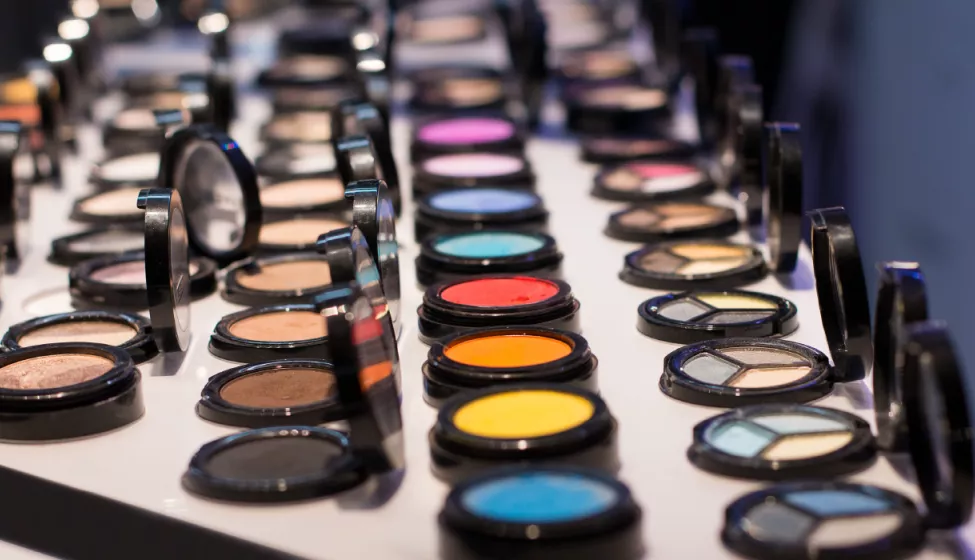May 5, 2022
Draft amendments to annex VI of regulation (EC) 1223/2009 for the UV filters benzophenone-3 & octocrylene notified to World Trade Organization
The World Trade Organisation has been notified of draft amendments to Annex VI of the EU Cosmetics Regulation (EC) 1223/2009 further restricting use of Benzophenone-3 and Octocrylene in cosmetic products. Benzophenone-3 and Octocrylene are widely used as UV filters in cosmetic products, and responsible persons must ensure all products are compliant with these new restrictions and, where relevant, can still achieve the claimed Sun Protection Factor (SPF). These changes are expected to take effect later in 2022.
The EU Scientific Committee on Consumer Safety (SCCS) published opinions on both Benzophenone-3 and Octocrylene in March 2021, following their identification by the European Commission as having potential endocrine disrupting properties.
Although, in both opinions, conclusions were not reached on the endocrine disrupting potential of these ingredients, the SCCS review of both substances concluded that in some cases these ingredients were not safe as currently used.
As a result, the European Commission has proposed amendments to entries 4 and 10 of Annex VI of the Cosmetics Regulation, as outlined below.
Update to annex VI (Permitted UV Filters) entry 4 — benzophenone-3
- When used in face products, hand products, and lip products (excluding propellant and pump spray products), the maximum permitted concentration in ready for use preparation remains 6%.
- When used in body products (including propellant and pump spray products), the maximum permitted concentration in ready for use preparations has been reduced from 6 to 2.2%.
- When used solely to protect the product formulation in the above product types, the maximum permitted concentration in ready for use preparations is 0.5%. However, if Benzophenone-3 is also used as a UV filter, the maximum permitted concentrations must not exceed 5.5 or 1.7%, respectively, considering the product type and total concentration present.
- In all of the above cases, where Benzophenone-3 is used above 0.5% the warning "Contains Benzophenone-3" must be present on packaging.
- In all other products, the maximum permitted concentration in ready for use preparations is 0.5%.
Update to annex VI (permitted UV filters) entry 10 — octocrylene
- When used in propellant spray products, the maximum permitted concentration in ready for use preparations has been reduced from 10 to 9%.
- When used in all other products, the maximum concentration in ready for use preparations remains 10%.
- Benzophenone as an impurity and degradation product of Octocrylene shall be kept at trace levels.
The amending regulation is expected to be published in the first half of 2022 with a transition period of six months for placing new products on the market and 12 months for withdrawing existing, non-compliant products from sale.
There are no plans to implement these restrictions in the UK. However, they will be applicable in Northern Ireland, where EU restrictions are currently in force.
How Exponent Can Help
Exponent's experts in chemical and cosmetic regulations are ready to help manufacturers and brands selling products in the EU keep their products legal and compliant by carrying out thorough formulation reviews and providing timely updates on future ingredient restrictions. Our expert toxicologists and cosmetic regulatory specialists can provide advice on the safety of specific ingredients and products and advise on any testing required to substantiate SPF claims.


